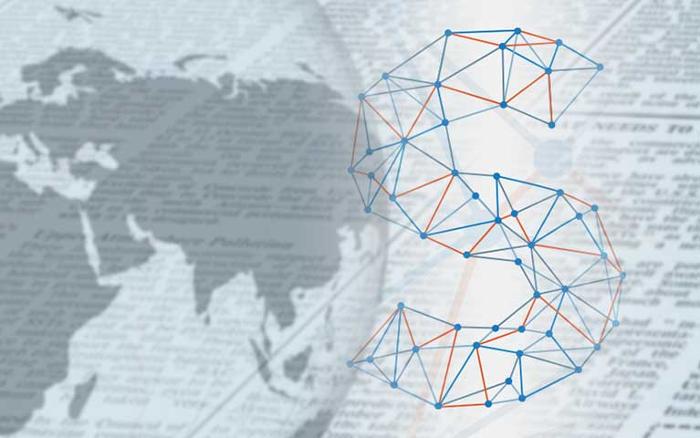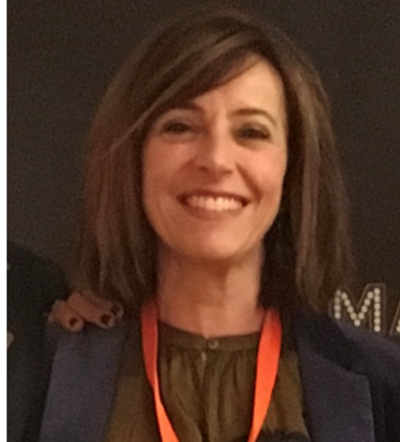

Laura Alcázar (AES): “Video surveillance is key for the operation of industrial facilities too”

Video surveillance is key not only for security but also for the operation of industrial facilities, as Laura Alcázar Moratilla explains in the following interview. Laura is a member of the Cybersecurity working area of the Spanish Association of Security Companies (AES) and Bosch Security & Safety video systems sales manager for Spain and Portugal
How important is video surveillance for industrial facilities?
Today, video surveillance is key not only for security but also for the operation of industrial facilities, as video systems are primed to provide very valuable information on production processes, comfort of the facilities and, of course, safety and protection of staff and visitors and the assets in general.
In its main function, video surveillance acts as a deterrent for intruders and allows for a prompt and efficient response if there is an event or any wrongdoing. In addition, it functions as an access control, as it monitors the entrances and exits of the facility and can identify people passing through buildings and control, for example, access to restricted areas. It also makes the work environment safer, as it helps to identify and correct potential risks, or detect and quickly respond to any incident or emergency, thus reducing the number and seriousness of workplace accidents. In terms of production processes, video-surveillance can be used to improve operational efficiency, to supervise and optimise production processes.
What new features have been introduced in recent years to detect threats as early as possible?
I would highlight the advanced analytics of cameras and combined data management. The integration of advanced technologies such as artificial intelligence and machine learning in systems allows for a deeper analysis both of a scenario, and of the most important events that have occurred or are occurring at a specific time. It can also be automated, thus improving the capacity for response and prevention of future risks, given that the systems are capable of continuously “learning” about what happened in a scenario, and store a large quantity of data on a specific situation, so an event can be identified before it occurs (predictive capacity) and reported on so action can be taken.
What are the new trends evolving in the sector?
AI will bring new advances in fields such as facial recognition, movement detection, counting people and automatic tracking through, for example, the map of an industrial facility, which offers more valuable and detailed data on what is going on at a facility. In addition, local management systems and those on the cloud (hybrid) will co-exist and be used redundantly, allowing users to maintain control on site, while critical facility data can be backed up.




